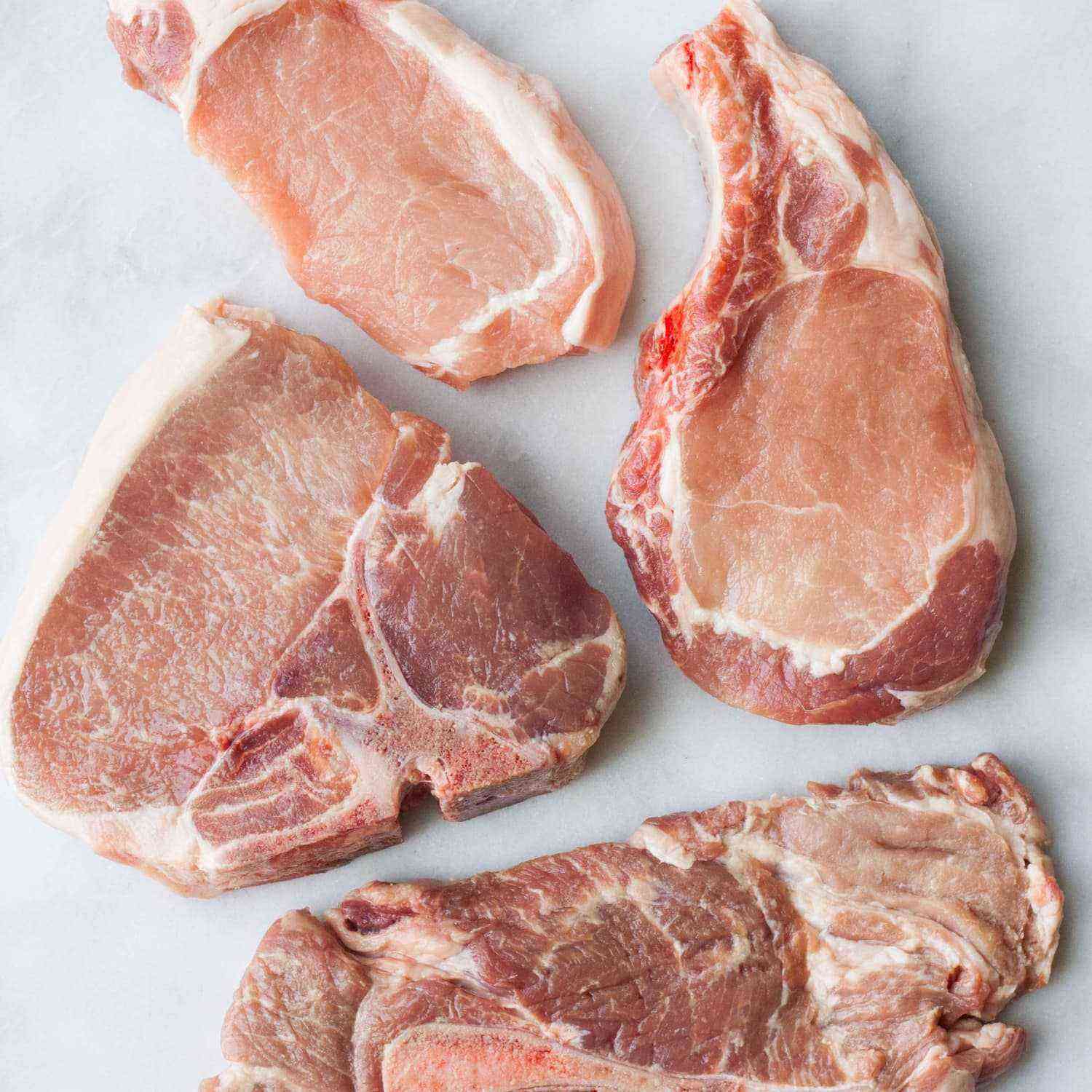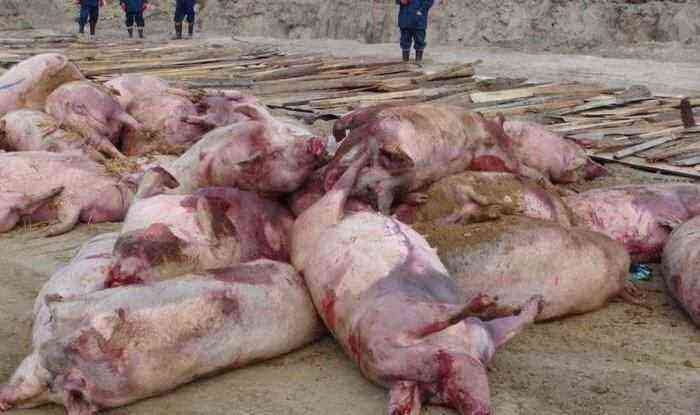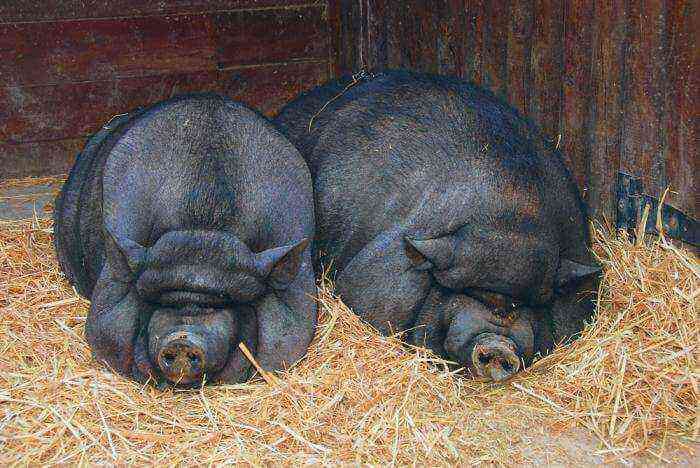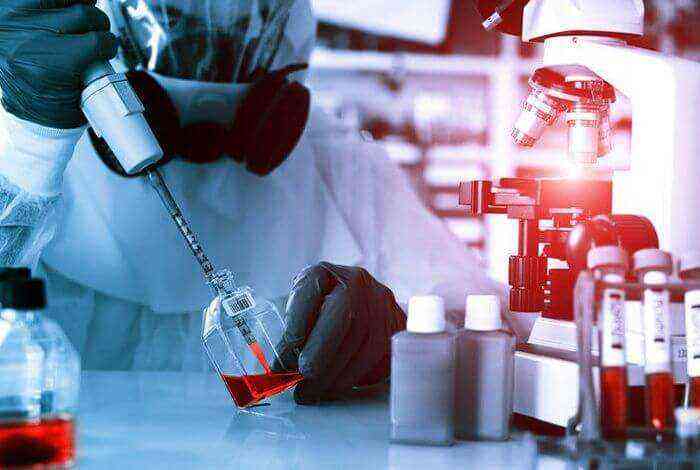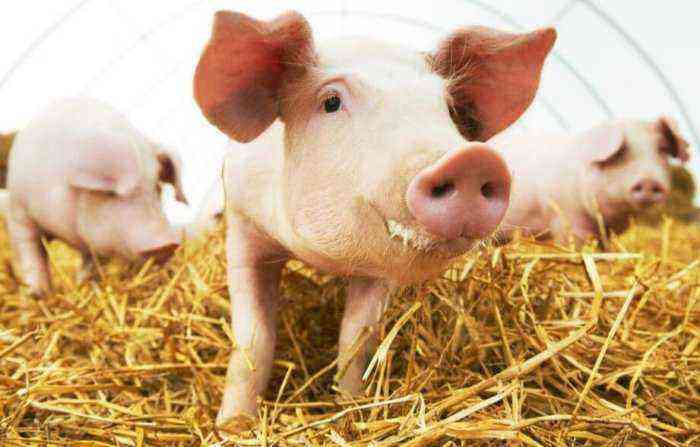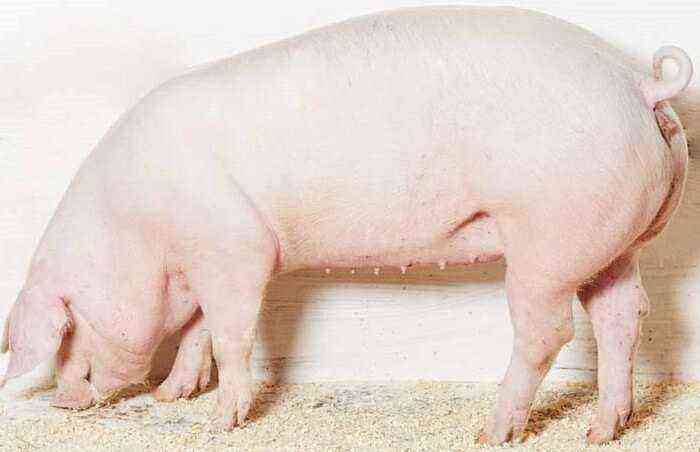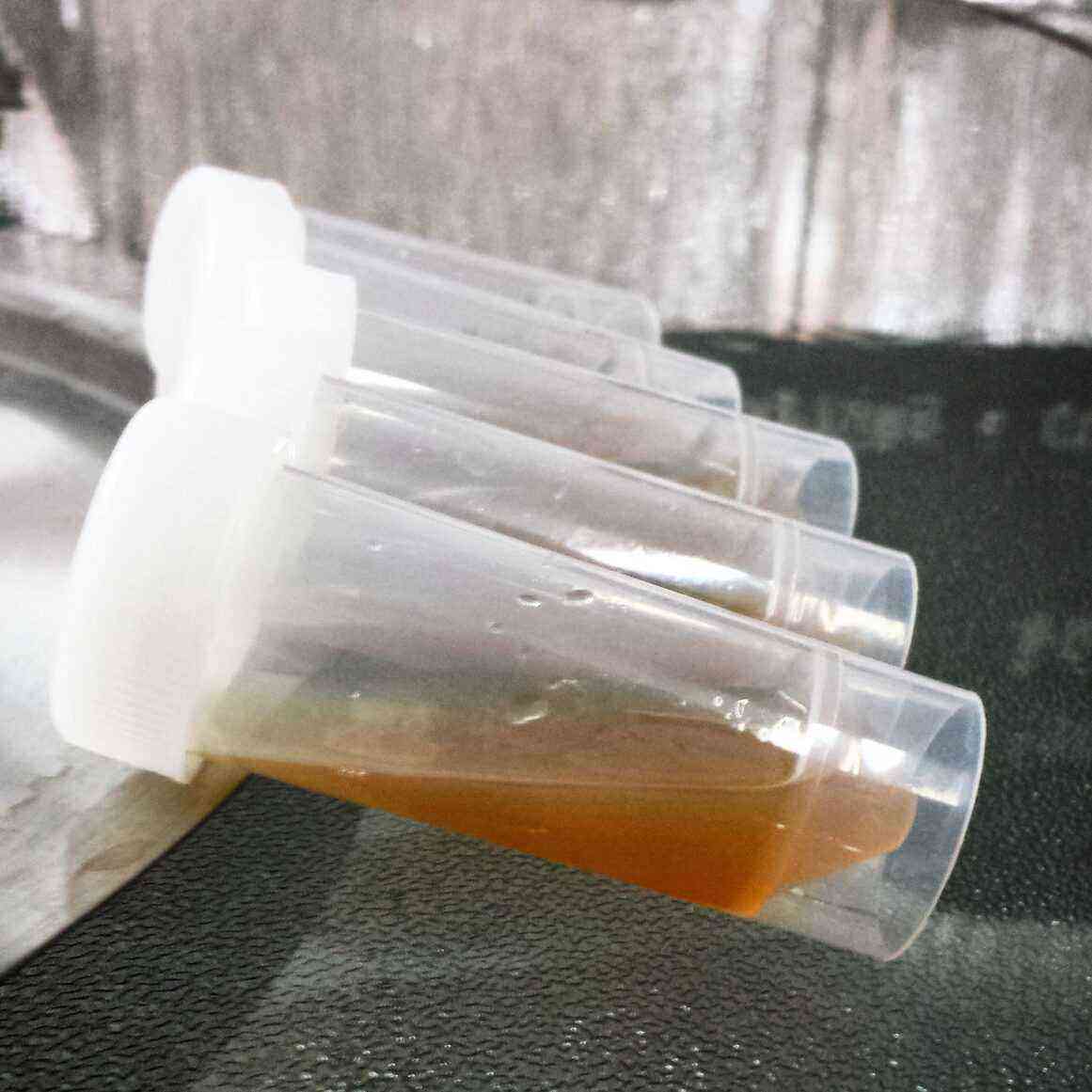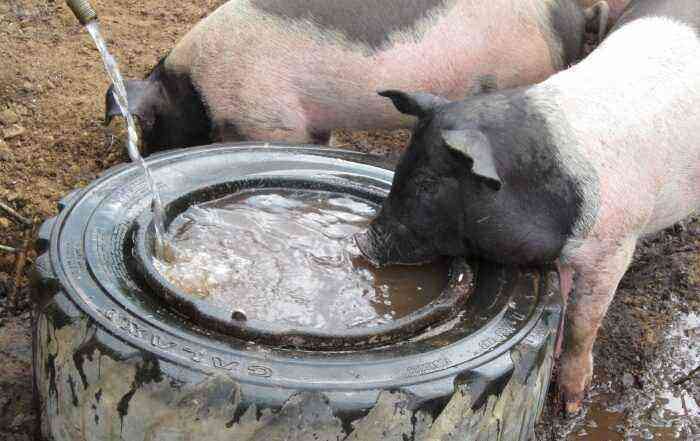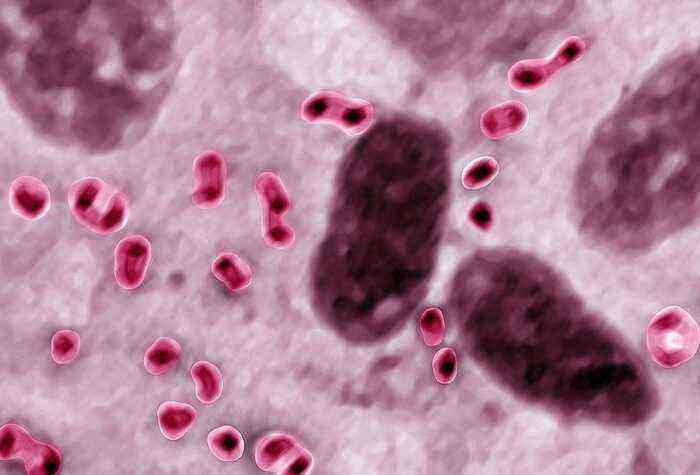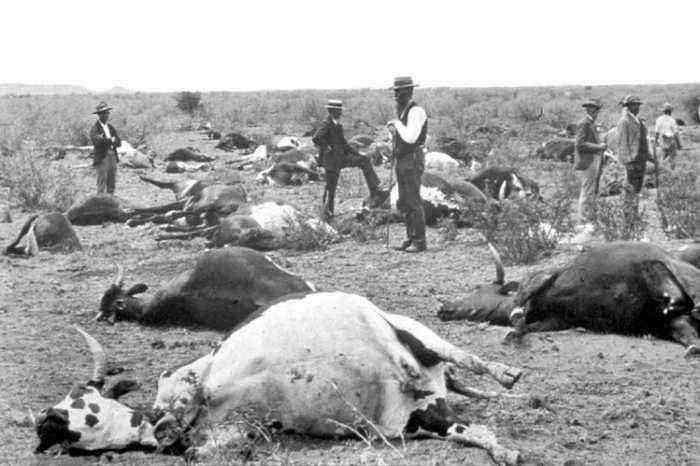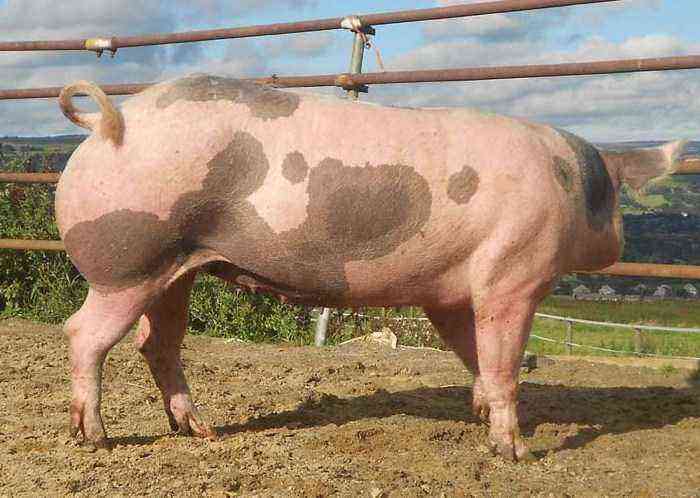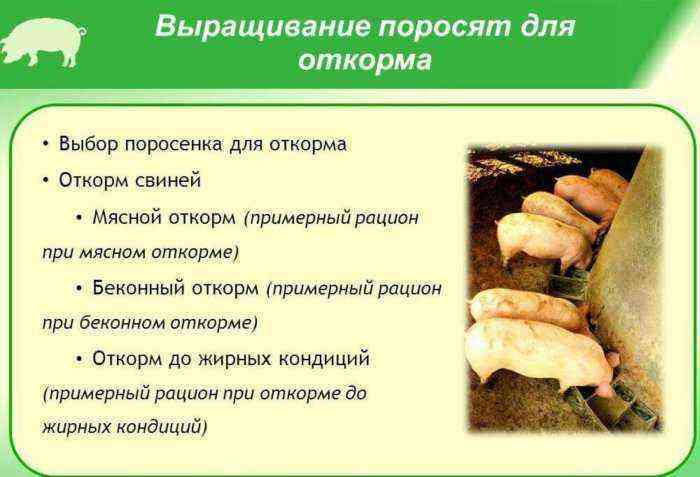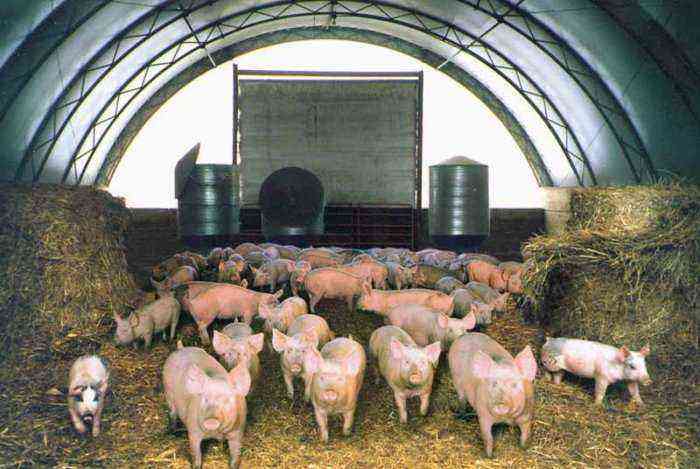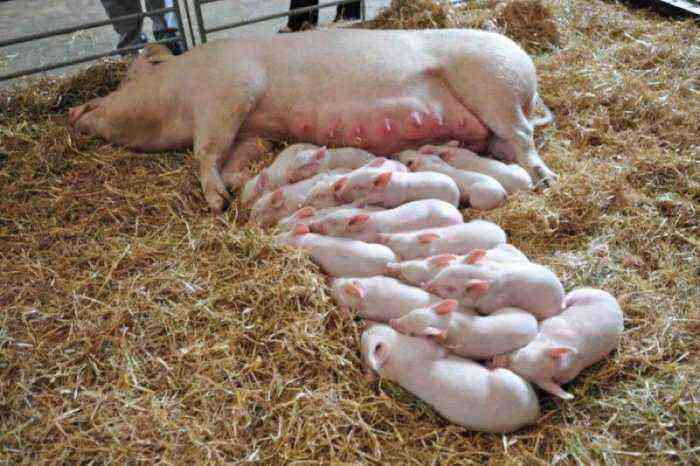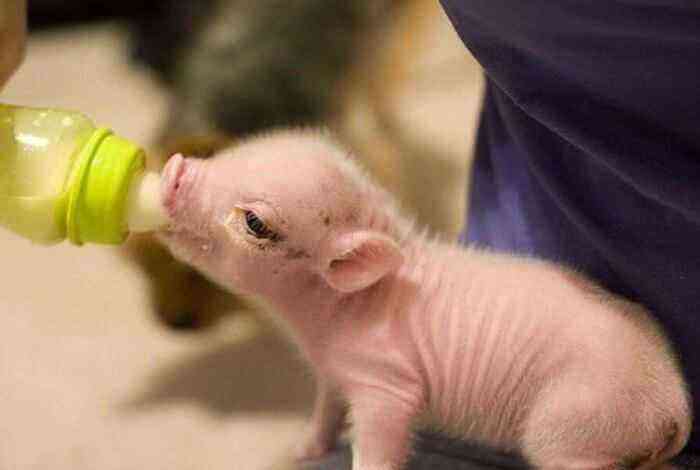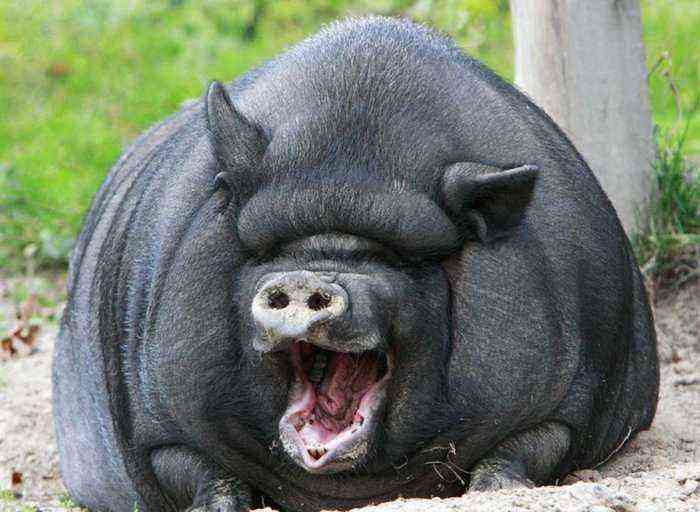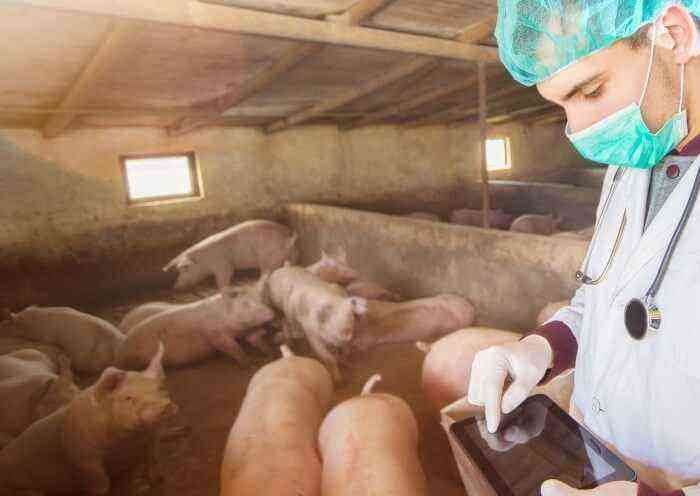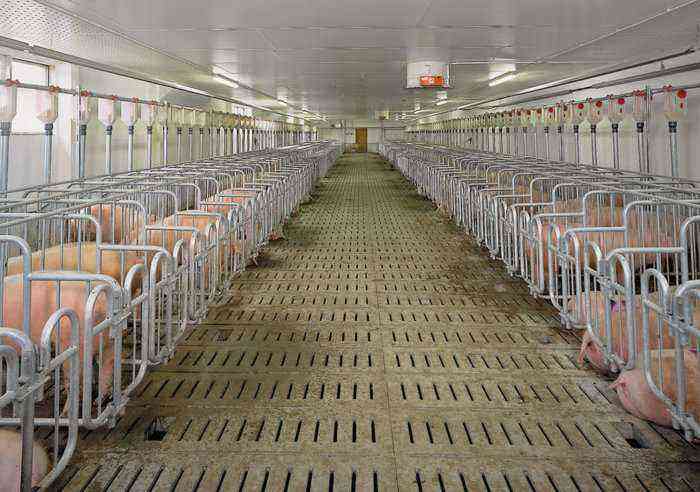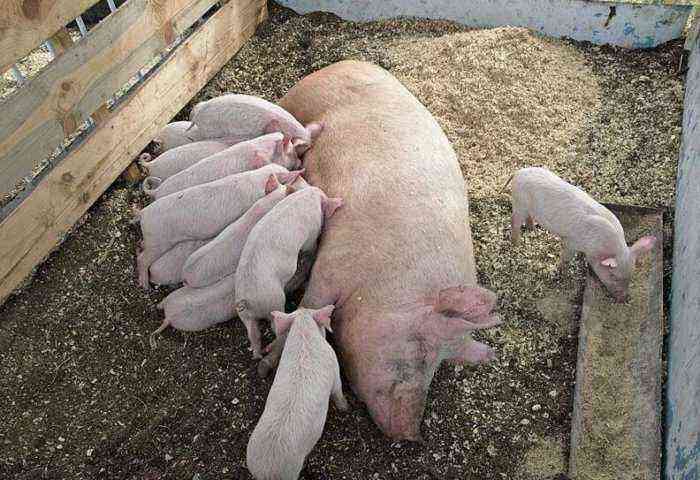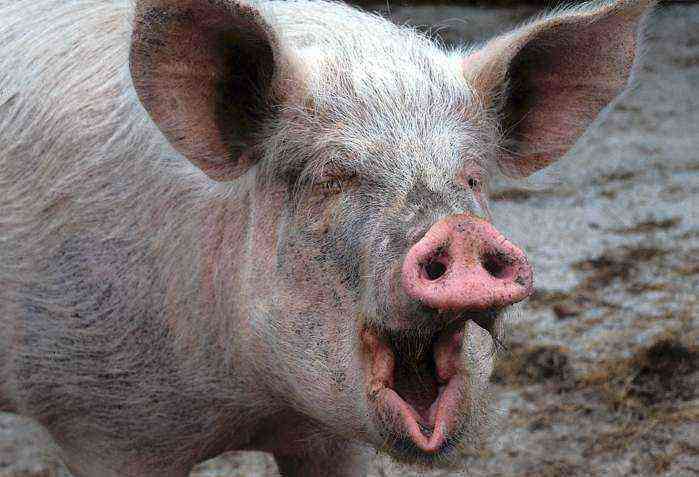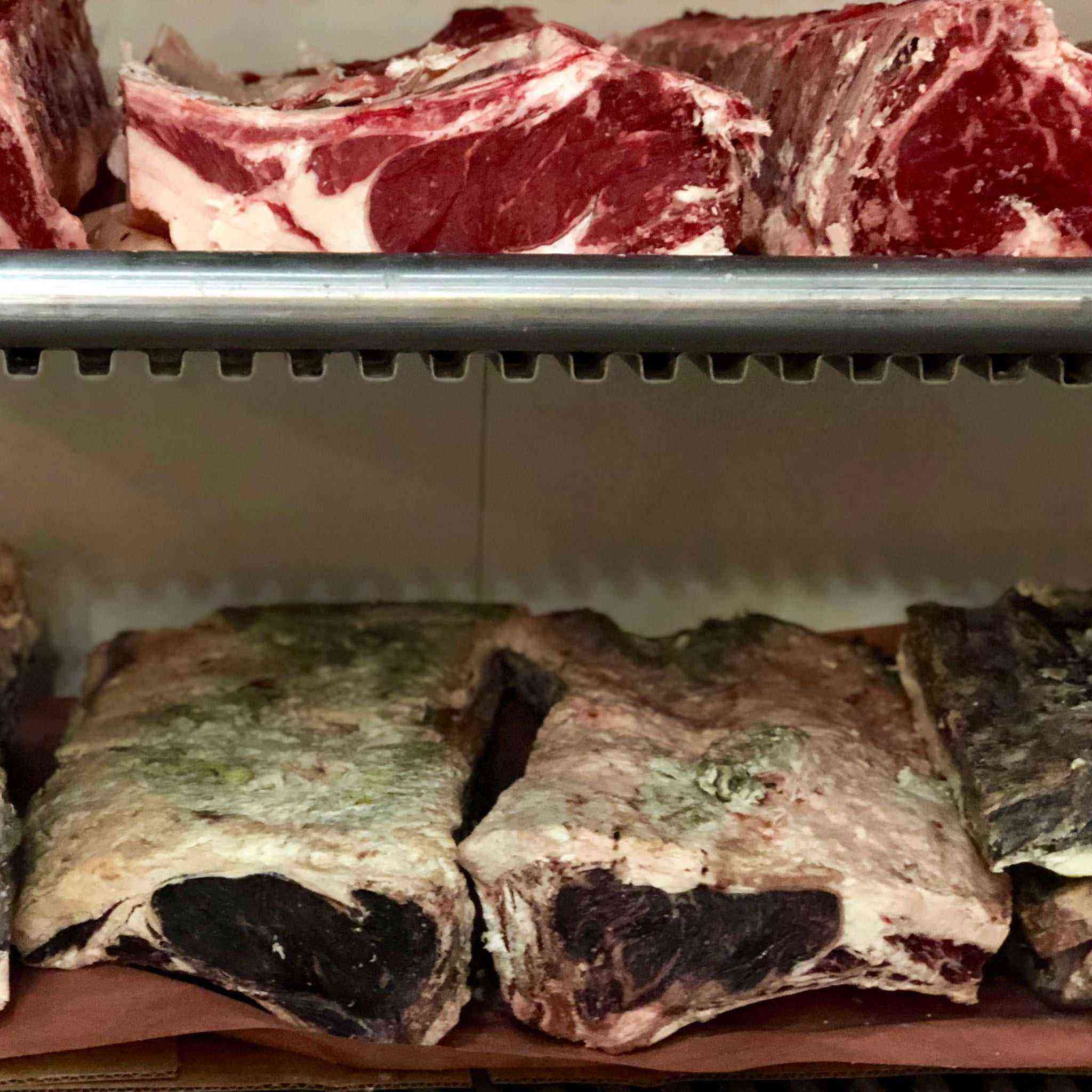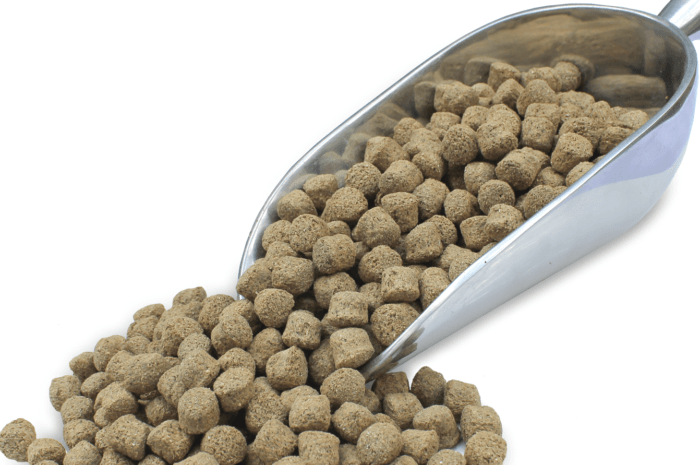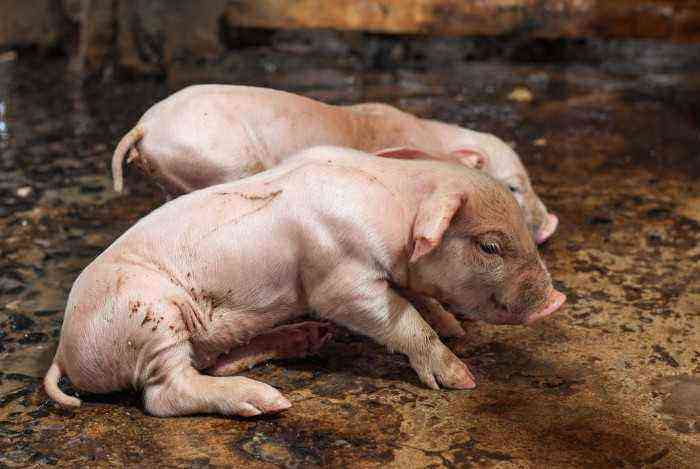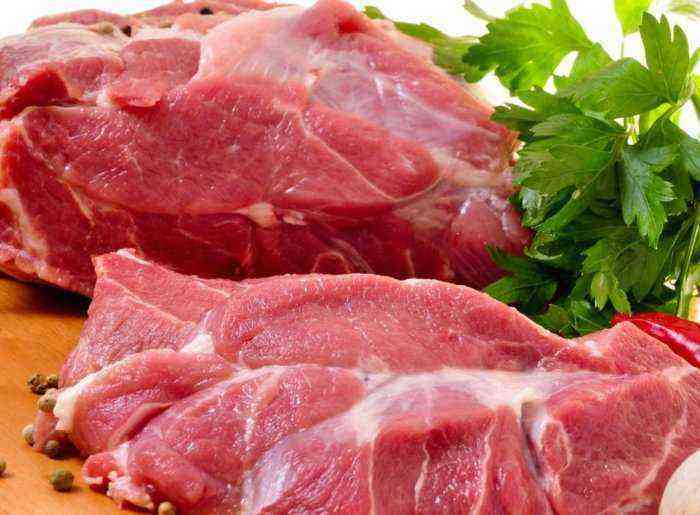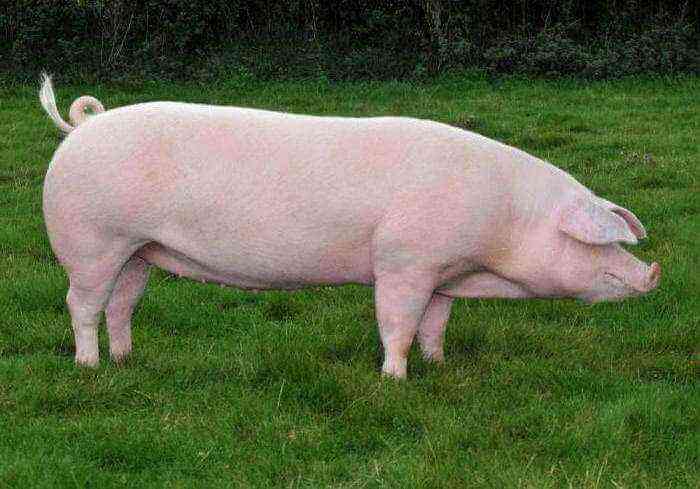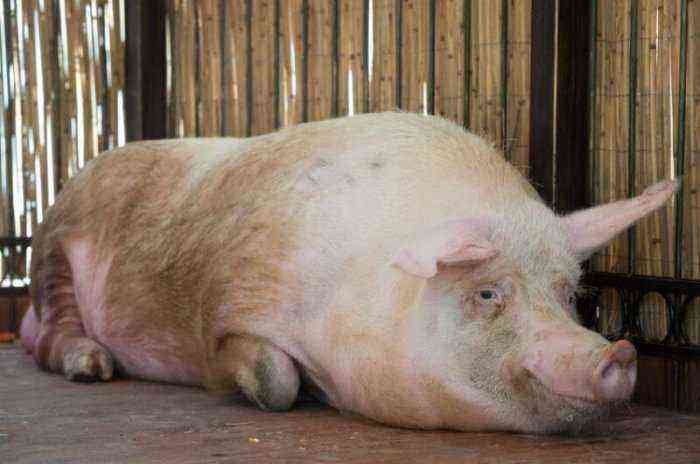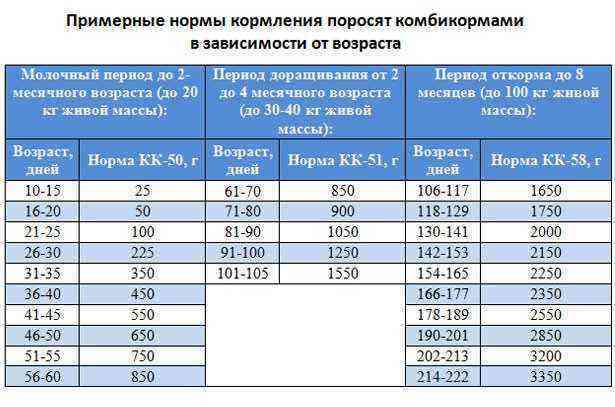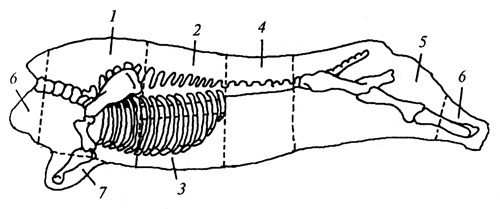Trichinosis is one of the most common diseases that affects both wild animals and domesticated cattle. Helminths that cause this disease feel great in the human body, getting into it along with infected pork meat. Finding parasites is difficult. If the disease is diagnosed, it is already at a late stage. That is why pig trichinosis requires increased attention and constant prevention.
Trichinosis of the pig
Causes
The causative agent of trichinosis are roundworms, attributed by scientists to the genus Trichinella. The two most common pathogens are Trichinella pseudospiralis and Trichinella spiralis. Also, modern science already knows about parasites of this species, adapted to development in wild and domestic birds.
Trichinosis is a natural focal disease. There are several possible sources of infection in domestic pigs:
- contacts with wild mammals (boars, badgers, wolves, bears), which are the main carriers of the disease;
- indirect contact through insects that are eaten while feeding on the pasture;
- eating the corpses of mice, rats, other rodents, leftover food, raw garbage, the insides of infected, previously slaughtered domestic animals.
Parasite larvae enter the stomach of a pig in an encapsulated form, after which their protective shell is destroyed and intensive development begins. Trichinella reproduces in the duodenum. Active reproduction usually begins 3-4 days after ingestion of the pig. For 45 days of her life, one female Trichinella usually lays about 2000 larvae.

Trichinella
Evidence
Unfortunately, timely detection of trichinosis is not always possible, since in many pigs this disease occurs without severe symptoms. Only with a very strong infection, the waste products of parasites can cause intoxication. In this case, the following symptoms are characteristic:
- increased muscle temperature;
- loose stools;
- intensive weight loss;
- severe vomiting;
- muscle pain (pigs are inactive, lie down and stretch their legs);
- difficulty breathing;
- severe swelling in the limbs and neck.
The disease does not always lead to death. But improving the “well-being” of pigs does not mean that they are no longer carriers. After one and a half months, the animal’s body produces antibodies that contribute to the formation of immunity.
The larvae that have entered the blood from the gastrointestinal system, and with it into the muscle tissues of the animal, are encapsulated. Now they are ready to settle in the next carrier. A few months later, the capsules are covered with lime. In this form, Trichinella can stay for about 25 years, which is why the likelihood of a new infection is still high.
Diagnostics
In live pigs, immunological reactions are examined to detect already formed antibodies. A positive response indicates that the animal has been infected for at least 3-4 weeks.
An increasing number of scientists recognize the promise of enzyme immunoassay. In rare cases, a biopsy of pieces of muscle tissue is practiced.

Trichinella in the muscles
There are two methods of post-mortem diagnosis:
- trichinoscopy (effective for extensive and medium invasion);
- digestion of muscles in the gastric juice of artificial origin (the percentage of detection of Trichinella is as high as possible even in the case of an early stage of invasion).
Reference. Numerous studies have also shown that Trichinella larvae are never found in the muscles of the heart.
Treatment
Since the diagnosis of a disease in a living animal is extremely difficult, the methods of treatment by most modern veterinarians are recognized as insufficient and poorly developed. Among the drugs that are able to destroy parasites localized in the intestine, as well as passing the stage of capsule formation, there are the following: mebendazole, thiabendazole, parbendazole, albendazole.
There is a certain probability to stop trichinosis at the initial stage of infection or to clear the muscle tissue of an already ill animal from encapsulated parasites.
Reference. Effective methods of combating the disease during the most active stage of the spread of Trichinella in muscle tissues (migration stage) do not yet exist.
Prevention
The diet of animals should not include unheated household waste, as well as carcasses of animals and offal. At times, the chance of infection increases in the case of free grazing of pigs on the territory of a farm or settlements.
Regular deratization is mandatory. The district veterinarian should be notified of the appearance of characteristic symptoms in animals.
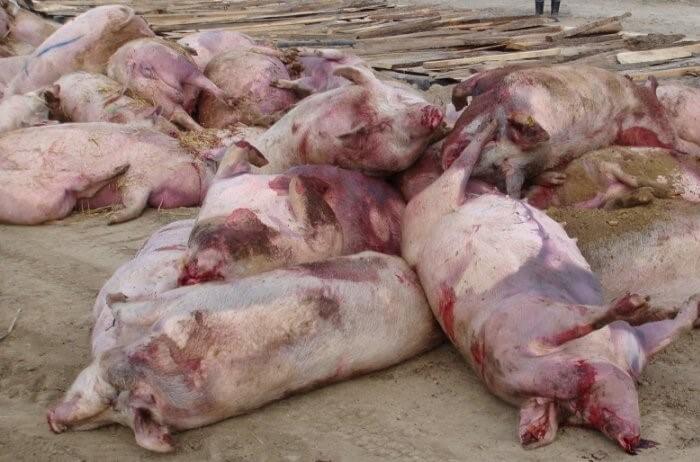
Carrier corpses should be burned
Carrier corpses should be burned or processed into meat and bone meal. The burial of such pigs is unacceptable due to the possibility of them being dug up and eaten by dogs or carnivorous wild animals.
For preventive purposes, both in meat processing plants and in households, all pork carcasses must be examined for the presence of trichinosis pathogens.
Conclusion
Today, at the legislative level, a ban on the yard slaughter of pigs has been imposed. For these purposes, a specially equipped room should be used. The carcass of a slaughtered animal must be subjected to a thorough veterinary examination. If Trichinella larvae or their traces are detected, the meat is considered unfit for food and destroyed. Such stringent measures are due to the fact that this type of helminth develops equally well both in the body of a pig and in a human body.
https://youtu.be/4ZFwiFPS61U
